Before the invention of the printing press books were written by hand, usually by monks working in a room called a ‘Scriptorium’. The ‘Scriptorium’ was a small space, in the monastery, next to the library. Here the scribes (writers) would write, illustrate and copy manuscripts. In England the most famous historian, writer and translator was ‘The Venerable Bede’ a monk who lived from 673-735 AD. He is regarded as the first English historian – he wrote or translated more than 40 books.
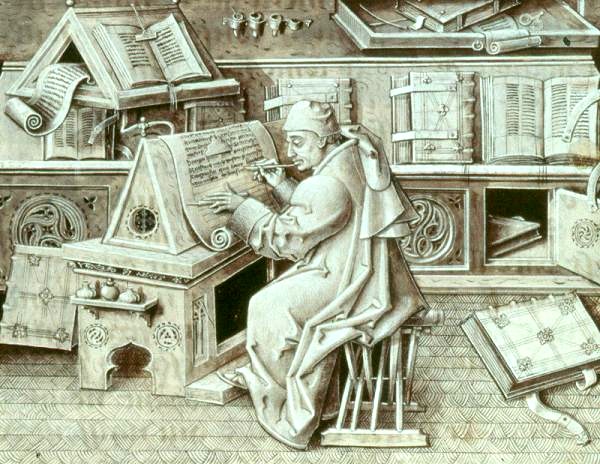
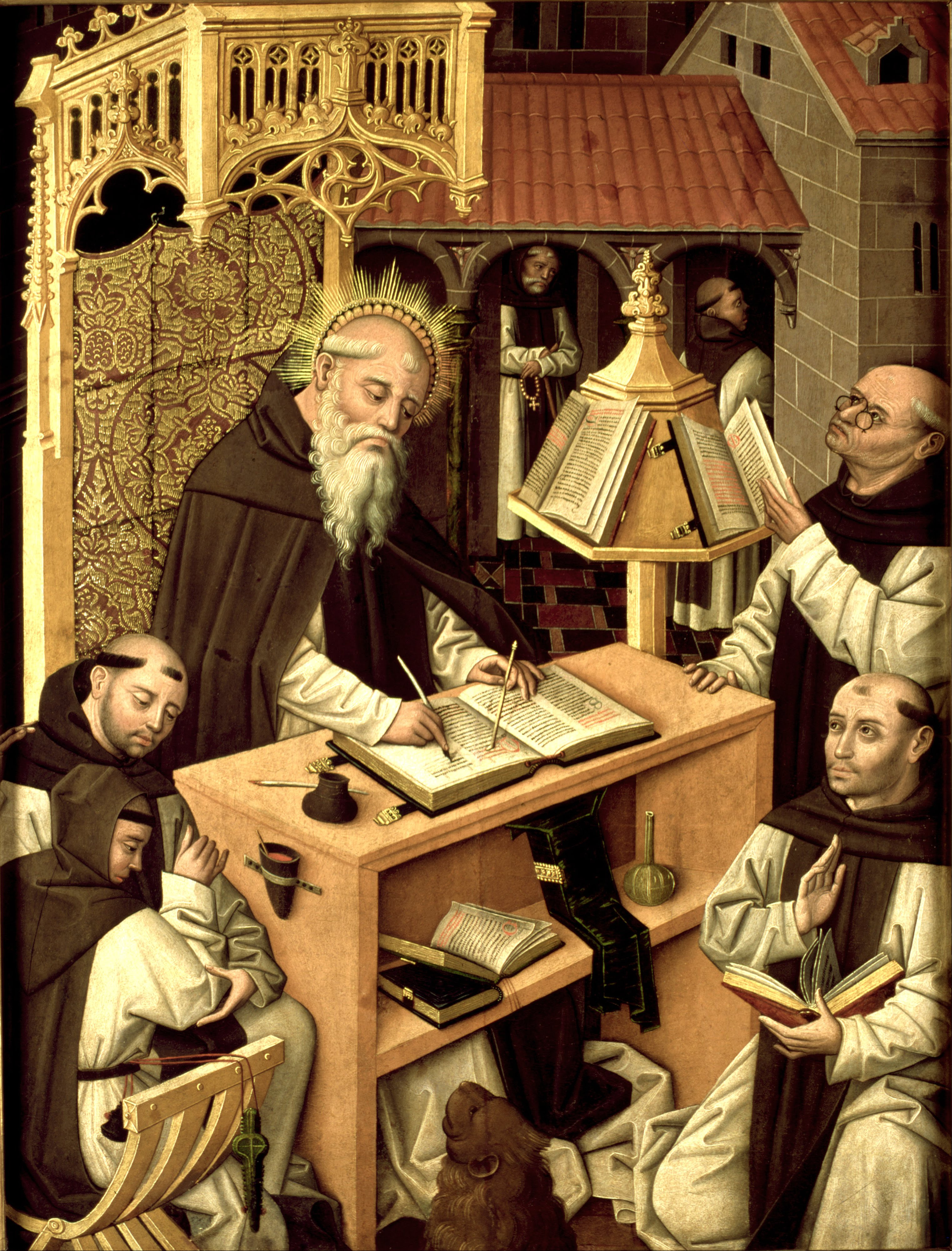
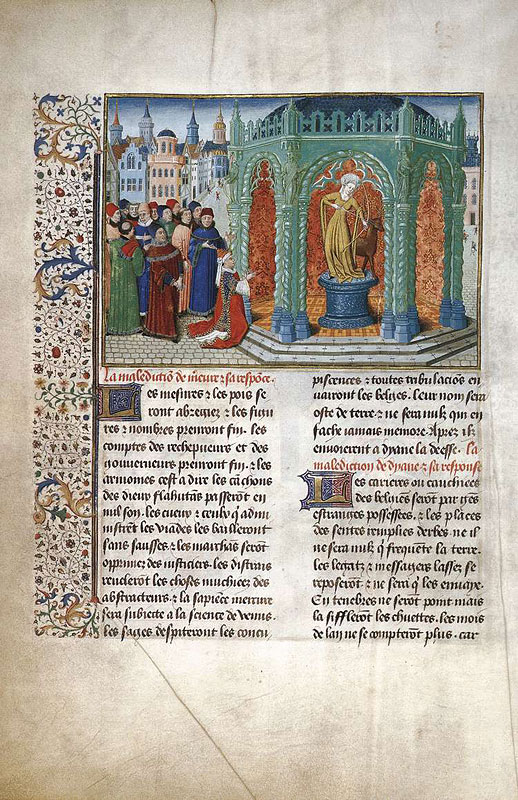
When the printing press arrived in the early 16th century the need for a scribe or a scriptorium was suddenly obsolete. The printing press was invented in Mainz, Germany by Johannes Gutenberg in 1439, although it was not in use commercially until the 1450s and thirty years later in England when William Caxton set up a printing press in London.
Scriptorium – The monastic libraries of St Gallen, Switzerland and Reichenau, Germany both had a room for a whole team of scribes, located next to the library, where hundreds of manuscripts and incubula (early books) were copied out by hand.
To read more about early libraries – may I suggest:
- St Gallen – Switzerland a Baroque Library where there is an incredible collection of manuscripts and early books (incunabula) housed in a spectacular Baroque library.
- We also refer to Reichenau in another article by Lucy Simmonds: Reichenau
Updated: 10th January, 2022
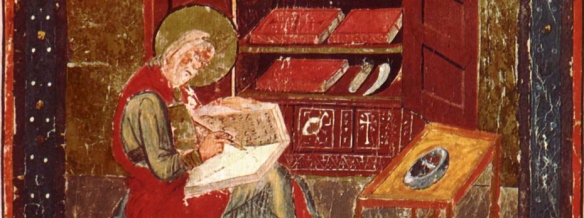

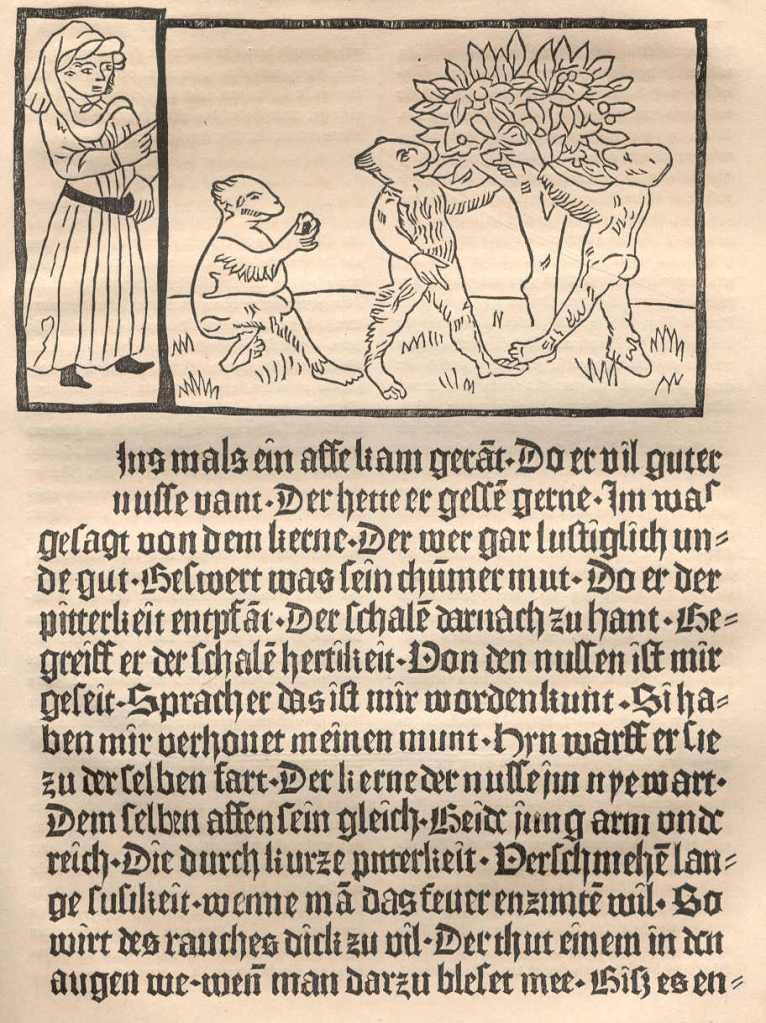

2 thoughts on “Scriptorium”